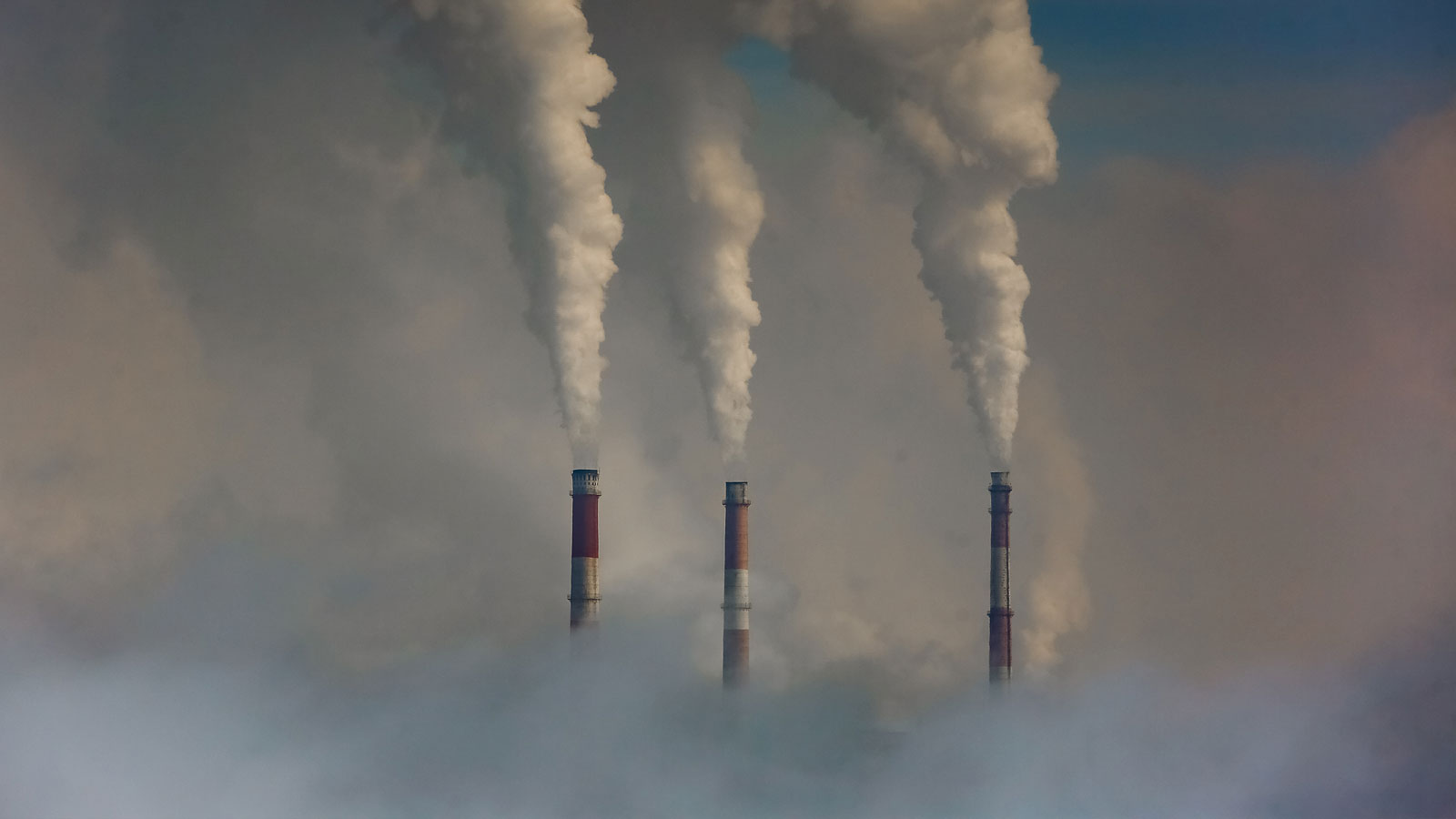Linda Schneider is a senior program officer for international climate policy at the Heinrich Böll Foundation in Berlin.
As an expert reviewer and observer for the Intergovernmental Panel on Climate Change, I was in the Zoom room during the marathon negotiations that concluded last Monday with the release of the new report. Like many of my colleagues in the climate advocacy world, I’m deeply concerned that it avoids saying what needs to be said: We can’t just reduce fossil fuels, we must fully phase out fossil fuels. And we must do so before 2050.
Earlier reports made clear that devastating impacts of the climate crisis are already unfolding, and the opportunity to curb the worst outcomes is fading. But this report, focused on mitigation, dilutes fossil fuel “phase out” by emphasizing “abatement technologies” like carbon capture storage, calling these still largely theoretical techno fixes “unavoidable.”
The report is based on best-case scenarios that rely on technological miracles that IPCC’s own scientists have deemed infeasible at scale.
How did this happen? The IPCC heavily relies on something called integrated assessment modeling. Teams at multiple institutions use algorithms to generate future scenarios, which are peer-reviewed and published. The scenarios combine economic and climate modeling, so most optimize for cost efficiency, but they don’t consider global equity, environmental justice, or regional distribution.
There’s been ample critique of this “top-down” modeling. The algorithms are largely a mystery to anyone outside the modeling community, although what happens inside them strongly shapes our perceptions of what is feasible, or necessary, to address the climate crisis.
The models stipulate neoliberal goals like indefinite economic growth and rely on assumptions like a high “discount rate” — meaning that technologies inevitably become cheaper over time. If a climate-mitigation technology is, according to the model, too costly right now but theoretically will be cheaper in 30 years, it decides that postponing mitigation is preferable. That may seem shocking, yet the models typically don’t factor in the human, ecological, and economic harms caused by climate change.
Betting on speculative and dangerous technologies buys the fossil fuel industry more time for extraction.
What if the underlying assumptions are wrong, or deeply flawed? Base assumptions from just a decade ago have already fallen apart under scientific scrutiny. Many of the models in the previous IPCC Assessment Cycle in 2013-14 relied heavily on bioenergy carbon capture storage: plants that would burn crops or trees and capture and store CO₂ underground, thereby achieving “negative emissions.” But many studies have since punctured this fantasy. As one paper pointed out, some of the models relying on such technology would have required converting a land area the size of India — and perhaps twice that — to power generation. So we would have solved the energy crisis but have no land left to grow food.
The new report relies on modeling that heavily factors carbon dioxide removal and carbon-capture storage, two technologies that the IPCC has repeatedly warned are full of uncertainties and carry a high risk of adverse social and environmental outcomes. Many studies predict that their deployment at the required scale simply is not feasible.
Another inconsistency is that all of the models are predicated on infinite economic growth. The IPCC embraces a doubling of worldwide GDP by 2050 under all mitigation scenarios, even though previous IPCC reports have identified economic growth as the top driver of emissions.
The result of betting on speculative and dangerous technologies is that it buys the fossil fuel industry more time for extraction: In scenarios that limit global temperature rise to 1.5 degrees Celsius (2.7 degrees Fahrenheit), the new report states, the use of coal, oil, and gas must decrease by median values of 95, 60, and 45 percent, respectively, compared to 2019. This allows for substantial fossil fuel emissions well into the midcentury on the assumption that we’ll be able to capture and remove the excess carbon. The report explicitly states that carbon dioxide removal “can allow countries to reach net zero emissions without phasing out all fossil fuels.” This almost guarantees we overshoot 1.5 degrees.
The IPCC’s previous report on impact was clear that if Earth exceeds a 1.5-degree rise in global temperature, it may trigger sea level rise that could continue for centuries. It is highly uncertain whether we can “return” from such an overshoot. The new report, however, includes many scenarios that are based on the dubious assumption that we will be able to exceed 1.5 degrees, pull back, and stabilize.
Previous drafts of the report, including one that was leaked last year, made clear that avoiding overshoot would require that we leave large shares of fossil fuel resources in the ground and decommission the infrastructure needed to extract, refine, and burn it. In the government-approved Summary for Policymakers, this language has been significantly weakened and includes a statement that captures how crucial the promise of future technology is for the fossil fuel industry: “Depending on its availability, [carbon-capture storage] could allow fossil fuels to be used longer, reducing stranded assets,” the financial term for investments that won’t hold value amidst a global transition to net-zero emissions.
These changes were pushed by oil-producing countries, but modelers — many of whom are IPCC authors and hold the pen in the negotiations — also shoulder some of the responsibility, because the modeling literature underlying the report relies so heavily on techno fixes.
These computer-generated scenarios have a role to play, but they are driven by climate economists and not necessarily social scientists or ecologists, and the integrated assessment modeling community generally has been resistant to critique or change. The models crunch numbers; their predictions are only as good as their assumptions. They are limited to singular functions and outcomes, like removing CO₂ from the atmosphere, while ecologists tell us that the natural world is much more complex.
There are alternatives to the dominant top-down modeling structure that take into account justice, equity, and ecological considerations: bottom-up and alternative modeling that are not predicated on continued economic growth. In a global 1.5-degree mitigation scenario that we at the Heinrich Boell Foundation created with a small team of researchers, we explored ways of reducing consumption and production in the Global North, such as by drastically reducing the share of cars and planes and increasing communal and rail-based modes of transportation, walking, and cycling, as well as shifting diets and reducing food waste. We excluded high-risk carbon removal and storage technologies as well as nuclear power generation. But models like ours are not peer-reviewed — most small to midsize NGOs do not have that capacity and, unsurprisingly, funders favor modeling that conforms to mainstream economic assumptions.
We need a full range of potential futures, including ones that are not based on GDPs rising until the end of time. Future pathways can’t be grounded in fantasy. Rather, we should focus on mitigation that we know is feasible, safe, and reliable: a complete transition from coal, oil, and gas. Given our historic responsibility for causing the climate crisis, rich, fossil-fuel producing countries would need to make the fastest and deepest cuts, starting immediately.
The views expressed here reflect those of the author.
Fix is committed to publishing a diversity of voices, and we want to hear from you. Got a bold idea, fresh perspective, or insightful news analysis? Send a draft, along with a note about who you are, to opinions@grist.org.



